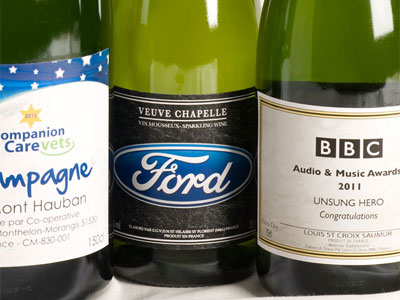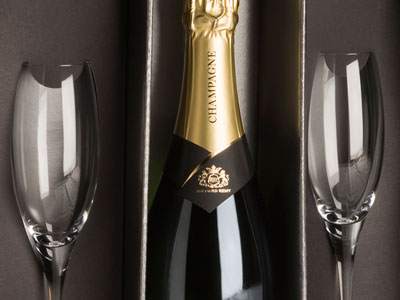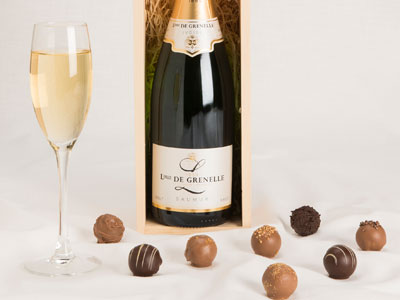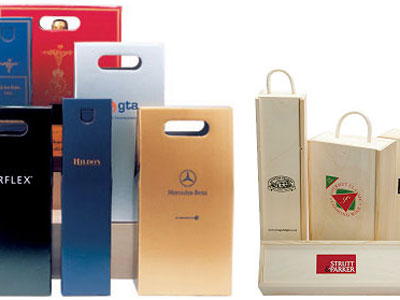 Wine knowledge: the basics
Wine knowledge: the basics
Wine is the most interesting and delicious drink in the world. The more you learn about wine, the more enjoyable a glass of good wine will be.
So, let us first introduce you to the basics of wine: what it is and how to appreciate it.
What is wine?
Wine is an alcoholic beverage with a history stretching back thousands of years.
Most wines are made from grapes; and there are hundreds of grape varieties, which result in the many different styles and qualities of wine.
A wine’s character comes from the grape varieties used, where they’re grown and how the wine is made. The type of soil, the amount of sun or rain and even the slope of the hill all affect the final taste of the grape when its harvested. Then different fermentation and ageing methods will affect the final flavour of the wine.
The five main categories of wine
Red wines
Red wines are made from red or black grapes. The wine’s red colour comes from the grape skins, which are left on during fermentation. (Fermentation is the process of converting the sugar of the grapes into alcohol.) The grape skins also give the wine tannin – a bitter, dry tasting substance that gives red wine its character.
For red wine, classic grape varieties include Cabernet Sauvignon, Malbec, Merlot, Pinot Noir and Syrah.
White wines
White wines are typically made from ‘white’ grapes that are actually green or yellow.
The skins get removed from the grapes before processing, so the wines have a pale lemon or golden colour and are free of tannins, making them lighter and less “full-bodied”. White wines are often described by their acidity which tends to be more pronounced than in reds. Top grape varieties for white wine include Chardonnay, Pinot Grigio, Riesling, and Sauvignon Blanc.
Rosé wines
Rosé wines are usually made from red grapes when the skins are removed early in the fermentation process. This leads to the pink colour, lighter taste and fewer tannins. Just like reds and whites, rosé wines can be sweet or dry. A classic dry rosé come from Provence in Southern France. Most rosé wines are blends of multiple grape varieties, the most common are Grenache, Sangiovese, Syrah and Pinot Noir.
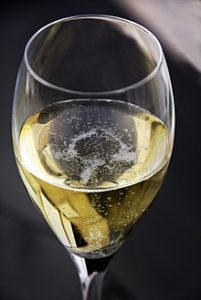 Sparkling wines
Sparkling wines
Sparkling wines can be white, rosé or red. The wine undergoes a second fermentation, often in the bottle, which gives it its bubbly personality. There are many different sparkling wines to explore, including Cava (Spain), Prosecco (Italy) and the most famous of all, Champagne (France).
Fortified wines
A fortified wine is a still wine with extra alcohol added to it, bringing the alcohol by volume to between 15-22%. Historically, wine was fortified to strengthen it to stay fresh for longer. Popular fortified wines include Port, Sherry, Marsala and Madeira.
How to talk about wine
Here are some useful words for describing the characteristics of wine.
Acid – all wine contains acid, which adds zest, freshness and balance to wine. White wines with a high amount of acidity feel crisp.
Acidic – lively, zingy, lemony – all describe acidic when it has made a positive contribution to a wine’s structure. Sour or tart describe a wine with unbalanced acid.
Aroma – the smell of a wine
Aromatic – a wine which gives off intense aromas of flowers or herbs, usually white, and Riesling is an example.
Body – the overall feel and weight of the wine in your mouth. Some wines seem fuller, bigger, or heavier in the mouth than others. We classify the wine as light-bodied, medium-bodied, or full-bodied.
Crisp – a wine with refreshing acidity.
Dry – not sweet
Finish – the impression a wine leaves after you swallow it. A good wine has a long finish.
Fruity – a wine with distinct aromas and flavours of fruit; doesn’t imply sweetness
Oaky – a wine with oak flavours
Soft – a wine that has a smooth rather than a crisp mouthfeel
Tannic – a red wine that is firm and leaves the mouth feeling dry
Tannin – a natural substance found in grape skins and stalks which adds bitterness, astringency and complexity to wine.
 How to taste wine
How to taste wine
Tasting wine has three steps to fully appreciate all its flavours and nuances. First, you look at the wine, then you smell it and finally, you sip it. The more slowly and attentively you drink wine, the more interesting it tastes. So, do take your time and make the most of every mouthful.
Look and see
Tilt the glass away from you and observe the colour of the wine. Also notice whether the wine is cloudy, clear, or brilliant.
Swirl and sniff
Hold the glass by the base and give it a good brisk swirl so the wine circles inside the glass and mixes with air. Then quickly stick your nose into the glass and smell the wine. Is the aroma fruity, spicy or oaky? The smell of a wine is its nose. If someone says a wine has a huge nose, they mean the wine has a powerful aroma. If they detect lemon in the nose, it means the wine has a lemony smell. The nose is where all the complex flavours are. Flavours are smells and smells are flavours. So, if you can smell blackcurrants, you will taste them too.
Sip and savour
Take a medium-sized sip. Hold the wine in your mouth, purse your lips, and draw in some air across your tongue, over the wine. Swish the wine around in your mouth as if you’re chewing it. Then swallow. Hopefully you will have a lingering aftertaste. This is the wine’s finish.
Happy Drinking!
At Wines Select we are passionate about wine and sharing our expertise and experience. We specialise in personalised wine and Champagne labels for corporate customers so if you need any advice on choosing your business wine or Champagne gifts please call us on 0330 133 5135 or email karen@winesselect.co.uk and we will be delighted to advise you.
More in our Wine Knowledge series:
Coming soon in our Wine Knowledge series:
-
- Red wines
- Sparkling wine
- How to serve wine

